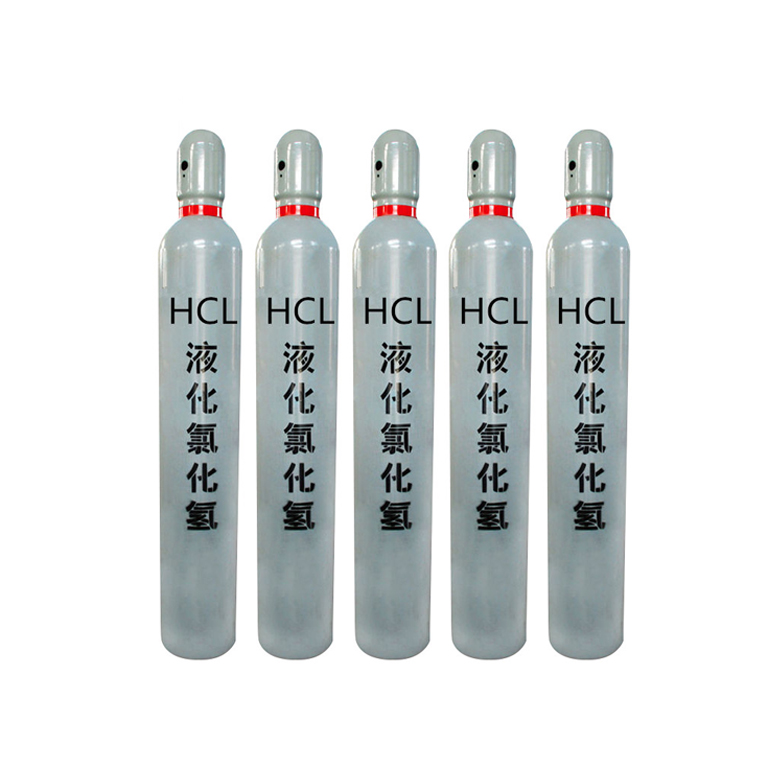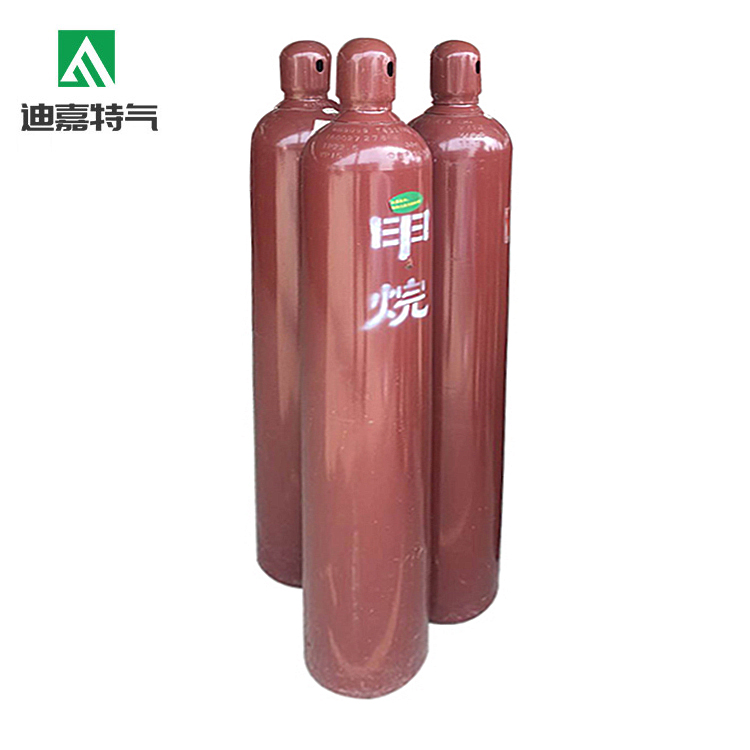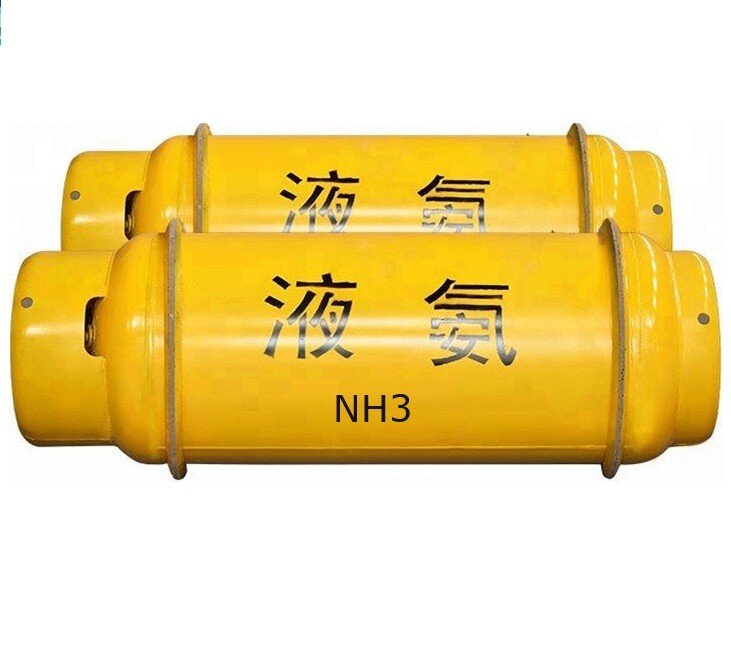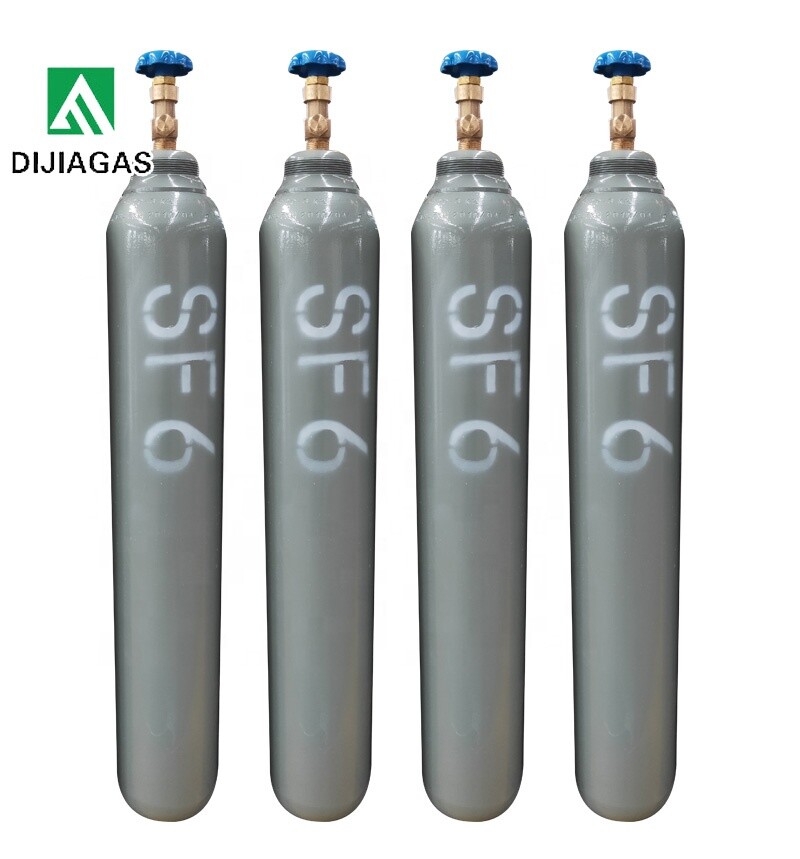What is Xenon Gas?
Xenon (Xe) is a noble gas with atomic number 54, part of Group 18 on the periodic table. Discovered in 1898 by William Ramsay and Morris Travers, xenon is a rare atmospheric component, constituting just 0.087 parts per million (ppm) in Earth’s air. It is extracted commercially through fractional distillation of liquefied air.
Xenon is chemically inert, odorless, and colorless, prized for its unique properties in high-performance applications such as lighting, medical imaging, and aerospace propulsion.
What are the critical physical characteristics of xenon gas?
Atomic Weight: 131.29 g/mol
Density: 5.894 g/L at 0°C and 1 atm
Melting Point: -111.8°C (-169.2°F)
Boiling Point: -108.1°C (-162.6°F)
Critical Temperature: 16.6°C
Thermal Conductivity: 0.00565 W/m·K at 300K
Xenon exhibits a brilliant blue glow when electrically excited, a trait exploited in high-intensity lighting and plasma displays.
What purity grades does your xenon gas meet?
We provide xenon gas in industry-leading purity grades:
Industrial Grade: 99.99% purity (4.0N)
High Purity: 99.999% (5.0N)
Ultra-High Purity: 99.9999% (6.0N)
Key Technical Parameters:
Impurity Levels: <5 ppm O₂, <3 ppm N₂, <0.5 ppm H₂O
Filling Pressure: Adjustable up to 200 bar in certified cylinders
Packaging: Stainless steel or aluminum cylinders (5L to 100L)
How should xenon gas be stored for safety and longevity?
Temperature Control: Store cylinders below 50°C (122°F) in dry, well-ventilated spaces.
Cylinder Security: Fasten upright to prevent damage.
Leak Prevention: Use gas detectors or ultrasonic sensors for monitoring.
Material Compatibility: Opt for brass or stainless steel regulators to avoid contamination.
Safety Advisory: Xenon is non-flammable but can act as an asphyxiant in confined areas. Always use with proper ventilation.
What regulations govern xenon gas transportation?
UN Code: UN 2036 (Compressed Gas, N.O.S.)
Classification: Non-flammable, non-toxic (Class 2.2).
Documentation: Includes Safety Data Sheets (SDS), transport permits, and compliance with DOT, IATA, and ADR standards.
Packaging: DOT/ISO-approved cylinders with tamper-proof valves and protective caps.
We offer climate-controlled logistics for international shipments to ensure stability and purity.
What is the applications of Xenon Gas?
Lighting: High-intensity discharge (HID) lamps for stadiums, automotive headlights, and film projectors.
Medical: MRI contrast imaging and anesthesia monitoring systems.
Aerospace: Ion propulsion systems for satellites and spacecraft.
Research: Neutrino detection, hyperpolarized MRI, and quantum computing.
Electronics: Plasma display panels (PDPs) and semiconductor manufacturing.
Why Partner with Us for Xenon Gas?
Purity Assurance: State-of-the-art purification technology guarantees 99.9999% consistency.
Flexible Packaging: Custom cylinder sizes, bulk containers, or ISO tanks for large-scale projects.
Regulatory Expertise: Full compliance with ISO 9001, FDA, and REACH standards.
Dedicated Support: 24/7 technical guidance for application optimization and safety compliance.
FAQs
Q: Can xenon gas be mixed with other gases for specific uses?
A: Yes! Xenon is often blended with krypton or argon for specialized lighting or enhanced MRI imaging.
Q: What is the shelf life of xenon gas in storage?
A: Indefinite when stored in sealed, corrosion-free cylinders. Conduct annual inspections for safety.
Q: Do you supply xenon for experimental or niche applications?
A: Absolutely. We cater to R&D labs and startups with small-volume, ultra-pure xenon cylinders.
Q: How do I request a customized quote?
A: Reach out via our website’s contact form or sales email for tailored pricing and delivery timelines.
Call to Action
Ready to elevate your projects with premium xenon gas? Visit www.dijiagases.com today to review our certifications, request samples, and connect with a trusted global supplier. Power innovation with xenon solutions trusted by aerospace, healthcare, and tech leaders!
Chat Online







